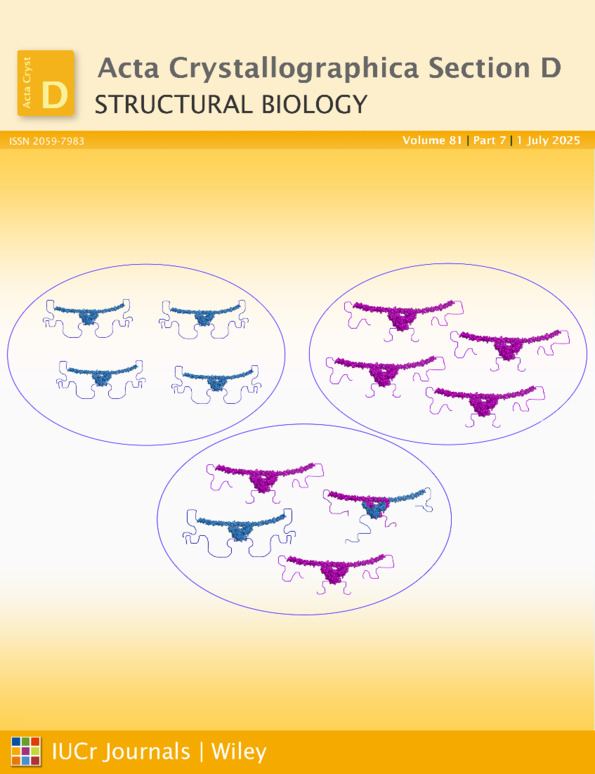Reproducible growth of well diffracting ribosomal crystals
Abstract
The crystallization of ribosomal particles is associated with extraordinary challenging demands. This originates mainly from the ribosome's natural tendency to deteriorate and from its multi-conformational heterogeneity, both of which stem from its functional flexibility. To increase the level of homogeneity of ribosomal preparations, systematic searches for conditions yielding populations of fully defined chemical compositions were employed and the variables essential for high functional activity were analyzed and optimized. These include temperature, cell-growth duration and media, the cell-harvesting stage, ribosomal purification and storage. The functional state that is most suitable to yield quality crystals was identified as that of the polysome and it was found that this fraction reproducibly yielded crystals of superior properties.




